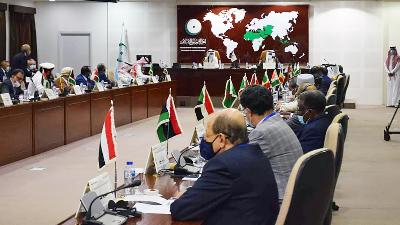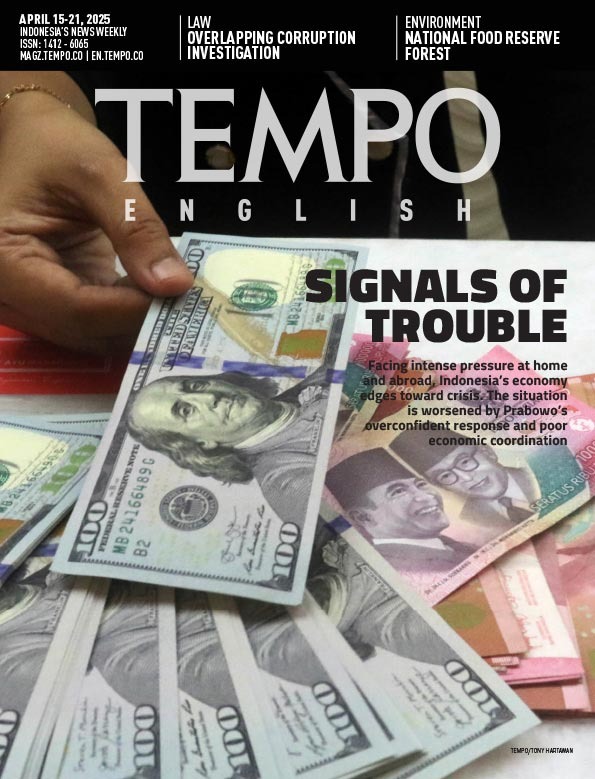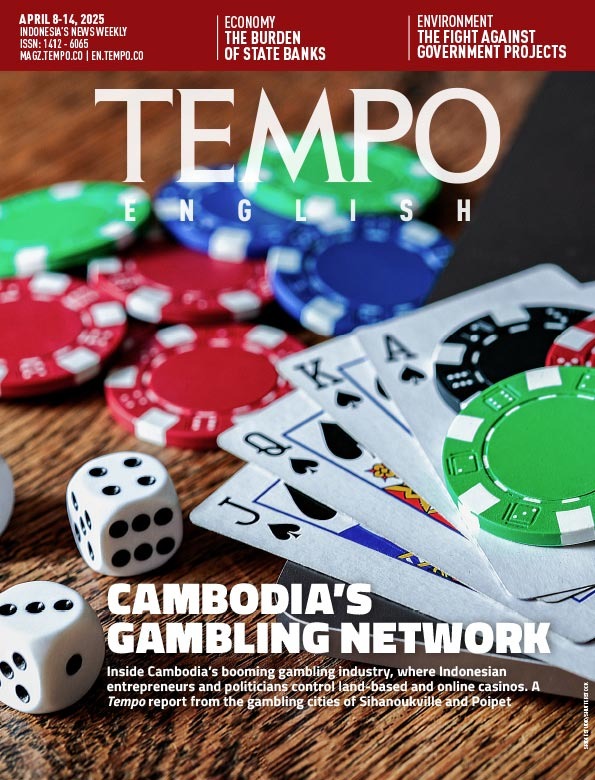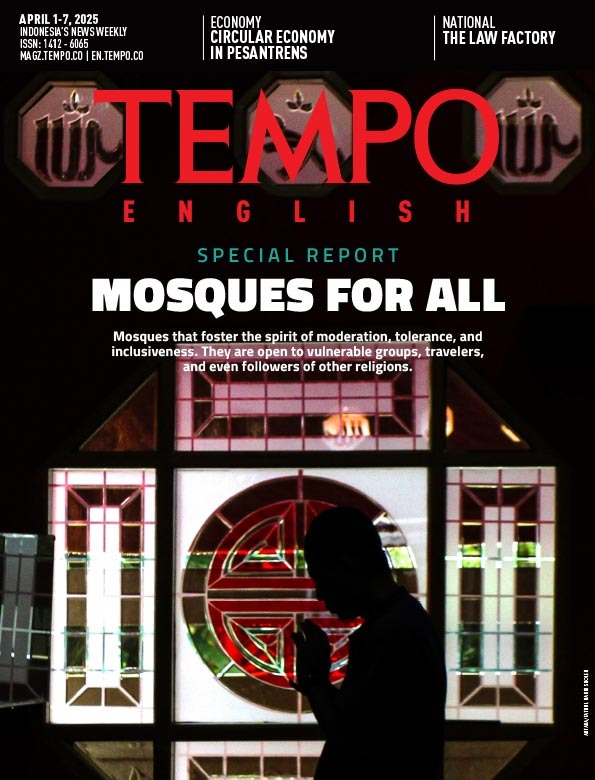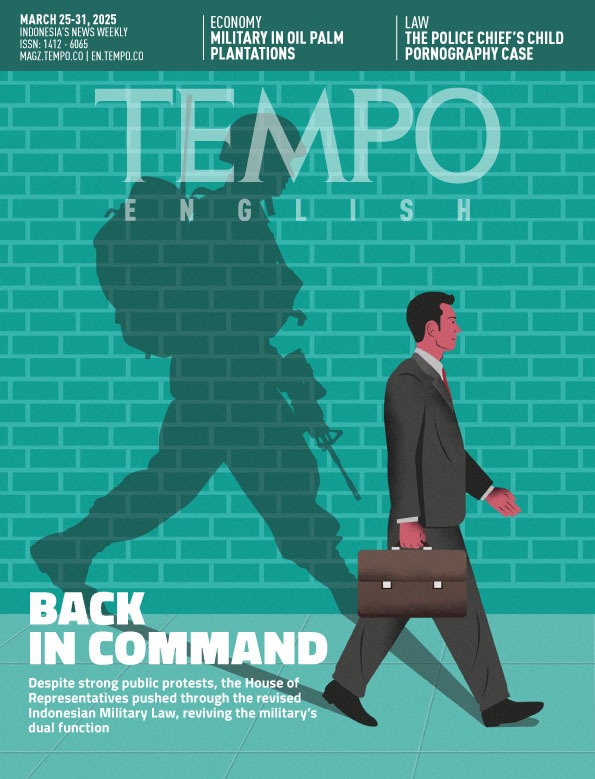Tourism Strategy in the Land of a Thousand Hills
Monday, August 30, 2021
The East Nusa Tenggara tourism development strategy is based on inclusiveness, local resources, and sustainability.
arsip tempo : 174486703354.

No one has ever doubted the natural beauty of East Nusa Tenggara (NTT). Exotic places stretch across the province's 47,932 square kilometer area. Take Alor Island, for example, with its underwater natural beauty, vast savanna, and cultural expressions in the form of dances as well as cultural villages.
Not to mention the charm of Sumba Island with beaches, waterfalls, lakes, as well as cultural and traditional villages, among other things. Among the most popular destinations for foreign tourists are Labuan Bajo, in Flores, with its landscape consisting of hills and attractive coastal areas, and Komodo Island, where tourists can see the activities of the ancient Komodo dragons up close.
"We have 1,305 tourist destinations throughout East Nusa Tenggara region," said the Head of the Tourism and Creative Economy Office of East Nusa Tenggara, Zet Sony Libing, in a live stream titled Tourism Discussion, Exotic East Nusa Tenggara Timur, held Monday, August 23, 2021. The event which was organized by Tempo Media Group aired on Tempo TV and on Tempo.co's Youtube channels.
The Special Staff for the Governor of East Nusa Tenggara, Daniel Kameo, said that many people have difficulty describing the natural beauty of East Nusa Tenggara. One of his colleagues who has traveled throughout the region calls this area a piece of heaven that God has placed on earth.
According to Daniel, the local government of the province nicknamed the Land of a Thousand Hills has prepared a strategy for developing an extraordinary tourism potential, which is strung together in the tagline of inclusive, local resource-based and sustainable. Inclusive means that all East Nusa Tenggara people take a leading role and benefit from the development of the tourism industry.
Tourism development must also be based on local resources to encourage and attract all sectors of the economy to grow. To be sustainable, the development of the tourism industry in East Nusa Tenggara must also pay attention to the balance of economic, social and environmental aspects. "Tourism plays an important role in supporting conservation and encouraging creativity," Daniel said.
Some of the things that become "homework", said Daniel, include building and increasing access to tourist destinations, building connectivity between destinations, and mobilizing community social economic institutions such as Village Owned Enterprises, micro, small and medium enterprises, homestay managements, and tourist villages.
“We must also strengthen the capacity of human resources through trainings and certifications. Business cooperation between local elements and all parties in the tourism industry is strengthened, such as with tour operators, hotel chains, restaurants and local product producers," said Daniel.
The Ministry of Tourism and Creative Economy is preparing the Labuan Bajo Integrated Tourism Master Plan (ITMP). This Master Plan includes supply and demand analysis in accordance with regional development. “What we collect in the ITMP is the projection of tourist visits that are adjusted to the transport capacity. This is important because we emphasize the existence of the community and their environment as well as their welfare," said Minister of Tourism and Creative Economy, Sandiaga Uno. According to the Minister, an integrated tourism development strategy is needed so that tourists are expected to stay longer in Labuan Bajo, as well as in other regions in Indonesia.
The Head of the East Nusa Tenggara Tourism Office, Zet Sony Libing, thanked the State Government for building a creative hub in Labuan Bajo. According to him, this place is valuable for all tourism actors as well as creative economy actors, as a promotion and information center on weaving, wicker, coffee, palm sugar, and other local products. (*)





